
Richard Billings at the Guernsey Photography Festival
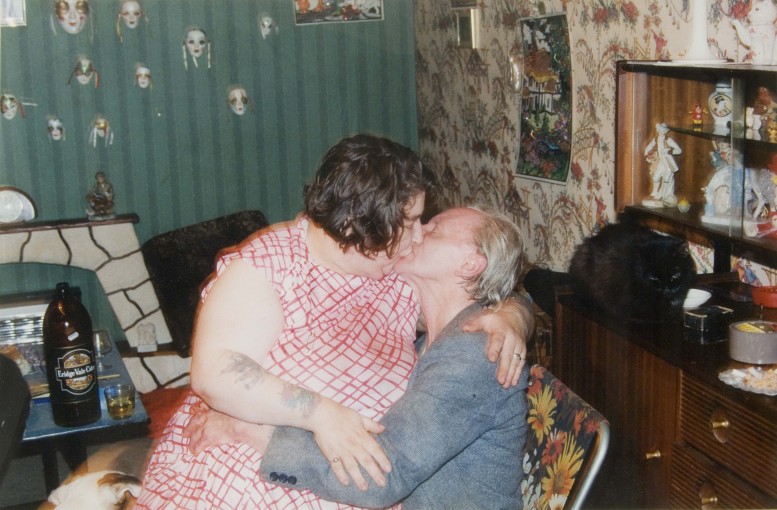
English photographer Ray Billingham is best known for his book Ray's A Laugh which documents the life of his alcoholic father Ray and obese, heavily tattooed, mother Liz. "My father Raymond is a chronic alcoholic. He doesn’t like going outside, my mother Elizabeth hardly drinks, but she does smoke a lot. She likes pets and things that are decorative. They married in 1970 and I was born soon after. My younger brother Jason was taken into care when he was 11, but now he is back with Ray and Liz again. Recently he became a father. Dad was some kind of mechanic, but he’s always been an alcoholic. It has just got worse over the years. He gets drunk on cheap cider at the off license. He drinks a lot at nights now and gets up late. Originally, our family lived in a terraced house, but they blew all the redundancy money and, in desperation, sold the house. Then we moved to the council tower block, where Ray just sits in and drinks. That’s the thing about my dad, there’s no subject he’s interested in, except drink." Richard Billingham’s Ray’s a Laugh will be presented together for the first time with new work portraying his own young family at the Guernsey Photography Festival until June 30. www.guernseyphotographyfestival.com
Martin Parr's Last Resort
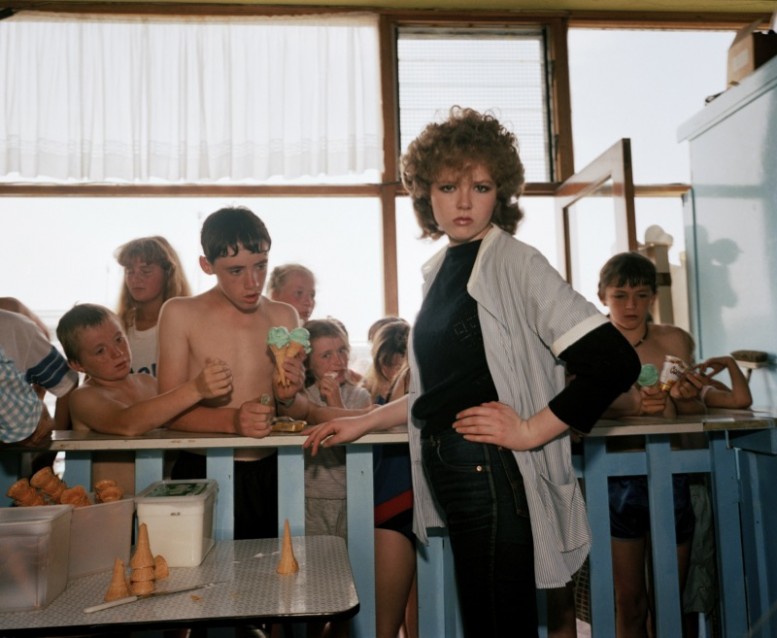
"Leisure, consumption, and communication" is apt in describing the trifecta of themes in which Martin Parr explores through his saturated and gluttonous vistas of humanities seemingly inexorable appetite. Parr's seminal work, shot documentary style in rich hues on the beaches of New Brighton in the nineteen-eighties, captured an aura of man as beast in a dog-eat-dog false paradise; a notion propagated by the common belief that force feeding yourself to oblivion was good and fine for society. The book, entitled Last Resort, which has just been rereleased by Dewi Lewis Publishing–this time with an added forward–put Martin Parr on the map.
[nggallery id=20]
www.martinparr.com
Lina Scheynius Releases Book of Photographs
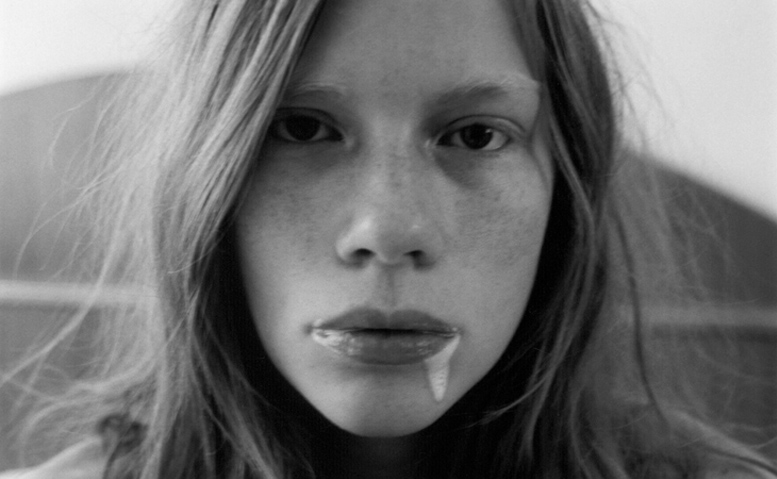
"My absolute favourite subject is my own life and the people in it. I shoot it and show it like a diary." Swedish photographer, and former model, Lina Scheynius has released her third book of photographs shot between 1991 and 2007. www.linascheynius.com
Last Pictures of Marilyn Monroe
On June 1, 2011, the day Marilyn Monroe would have turned 85, the Andrew Weiss Gallery, the world's largest dealer of Marilyn Monroe photography, will launch a major exhibition of rare and never- before- seen original photographs of the legendary star. Titled "Happy Birthday Marilyn", this exhibition will include photographs from the personal collection of George Barris, the last photographer to take pictures of Marilyn before she died. Also featured are photographs by Bill Carroll, who captured the very first photographs of Norma Jeane, and works by the major photographers of her era including Laszlo Willinger, Tom Kelley, Milton Greene, Bert Stern and many others.
Tania Shcheglova & Roman Noven are Synchrodogs
Ukrainian photography duo Tania Shcheglova & Roman Noven, otherwise know as Syncrodogs, are part lo-fi revelers and bored kin of Eastern Europe's "nothing to fucking do but take photos" ethos and by turns protegès of Jurgen Teller's point and shoot philosophy–graceful saviors of analog's unpredictable thrills and bygone days of grainy erotica. Check them out here.
Riding the Hoods With Maripol
Maripol moved to New York from France in 1976, where she became a part of the New York club and music scene, styling Madonna and working on films such as Downtown 81 (starring Jean-Michel Basquiat and Deborah Harry). In the mid-1980s, she opened her own boutique, Maripolitan, in the NoHo area of New York. Maripol has also been art director on music videos for Cher, D'Angelo and Elton John, among others. Riding the Hoods With Maripol, a collection of her photographs, are on view at the Clic gallery in New York until June 19. www.clicgallery.com
Ghost Town by Stephan Würth

Ghost Town, a book by photographer Stephan Würth will be available this Fall, published by Damiani Editore, www.stephenwurth.com
We Used To
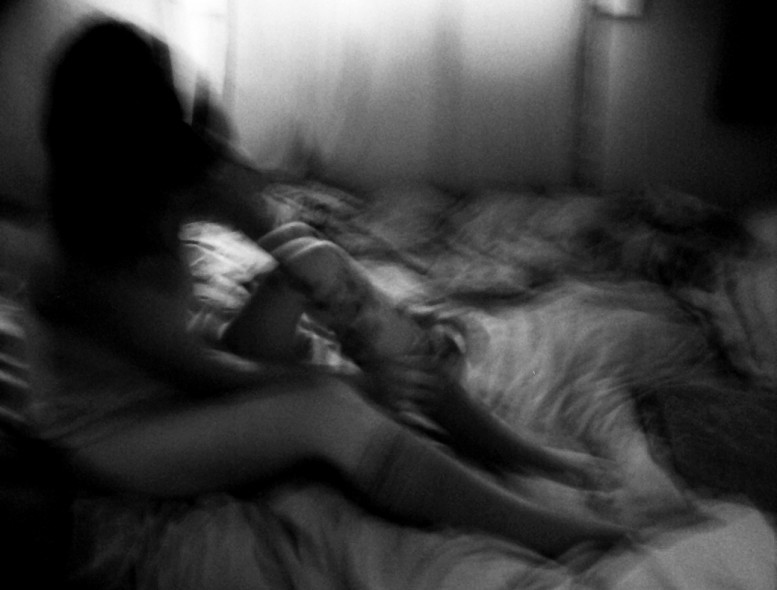
New photography by Abbey Meaker
The Erotic World of Harri Peccinotti
Harri Peccinotti, who is nearly eighty years old and looks almost exactly like a wizard, is most well known for his erotic images of women–often cropped and close up focusing in on the delicious details, instead of giving away the whole picture. Peccinotti also has the distinction of shooting the Pirelli calendar two years in a row and is oft credited with upping its raunch factor to the level it stands today. This June 14 marks the opening of an exhibit at the Tethys gallery in Florence, Italy–the exhibition will run until July 4 2011. www.tethysgallery.com
[BEHIND THE SCENES] Adarsha Shoots James Franco
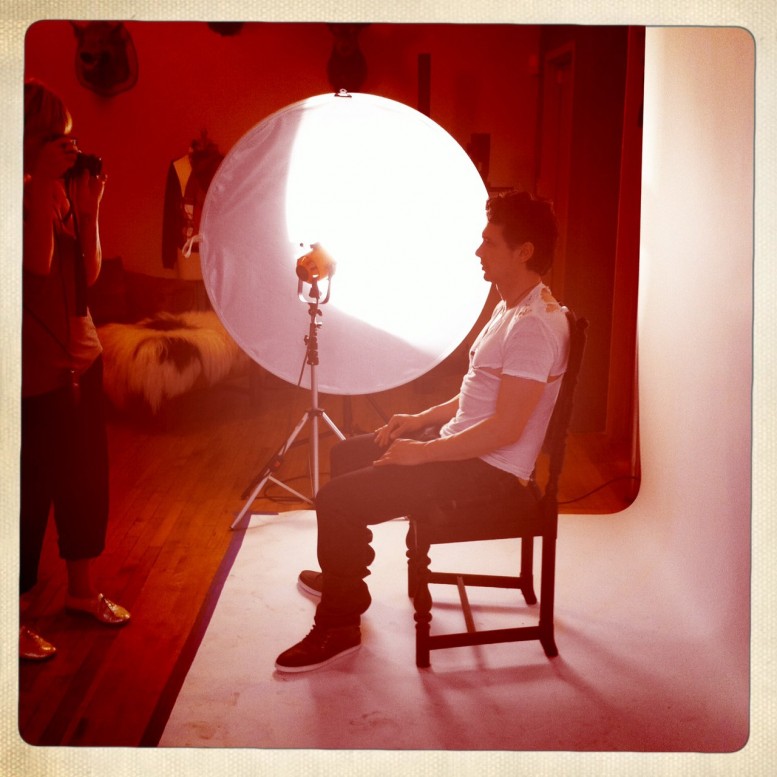
Adarsha Benjamin shoots James Franco for Autre Quarterly at the KDU–due out this July. Photography by David Gensler
Photographe Inconnu

Anonymous photographs by unknown photographers at the Galerie Lumière Roses on view at the at the Bastille Antiques Fair May until May 29–www.galerielumiereroses.com
[ON VIEW] The Portraits Richard C. Miller

Richard Crump Miller was a true American working class photographer. From photographing airplanes for service manuals during WWII, to his snapshots of the construction of the Hollywood freeway–and all the way to his unique, saturated carbro prints of celebrities, assignments for various magazines, and covers of the Saturday Evening Post, Miller is a photographer who has captured the pathology and false paradise of the American dream. Miller's photographs ooze with a tenderness of a country still in the cocoon of its innocence. Moreover, Miller's iconic portraits of James Dean and Elizabeth Taylor on the set of Giant show not only a human side to celebrity, but the boredom suffered in the manufacture of our idols. Richard C. Miller -- Portraits is on view at the Craig Krull Gallery at Bergamot Station in Santa Monica until June 11. www.bergamotstation.com
Nino Migliori
Nino Migliori, Il tuffatore, 1951
Nino Migliori's photography is the epitome of a definitively Italian cultural movement during postwar Italy called neorealismo, or neorealism. Its the stark black and white photography of an Italy that seems to sizzle to the touch. Whilst Migliori captured still images of Northern and Southern Italy's street life, neorealism can also be exemplified with film–for example, Vittorio De Sico's 1948 classic The Bicycle Thief. Nino Migliori, who was born in Bologne in 1926, is still alive and well–a new exhibit Nino Migliori "Neorealism" opens this july at the La Mar de Musicas Festival in Cartagena, Spain. Nino Migliori "Neorealism–July 11 to August 31 at the Palacio Molina–www.lamardemusicas.com
James Franco by Adarsha Benjamin for Pas Un Autre
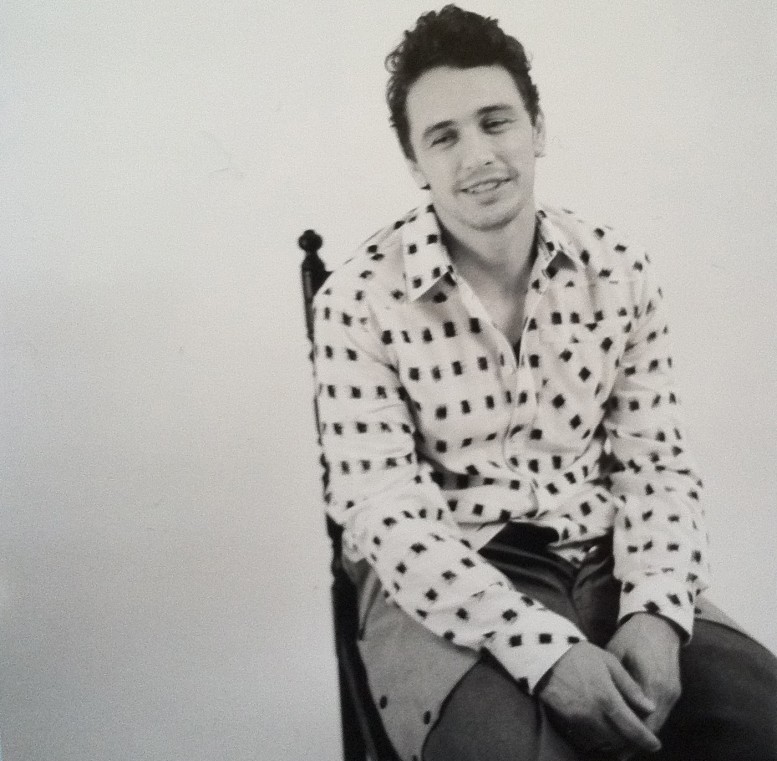
Test polaroid of James Franco for the first issue of Autre Quarterly, the print edition of Pas Un Autre. Shot earlier today in New York by the brilliant Adarsha Benjamin–styled by Paloma Perez–make-up/hair by Jordan Bree Long. Shot on location at the KDU Studios in Brooklyn.
[PREVIEW] An Editorial by Lena Vazhenina
 A special sneak peek of an editorial to be published in Pas Un Autre's print edition Autre Quarterly–by the Moscow based photographer Lena Vazhenina.
A special sneak peek of an editorial to be published in Pas Un Autre's print edition Autre Quarterly–by the Moscow based photographer Lena Vazhenina.
The New Woman International
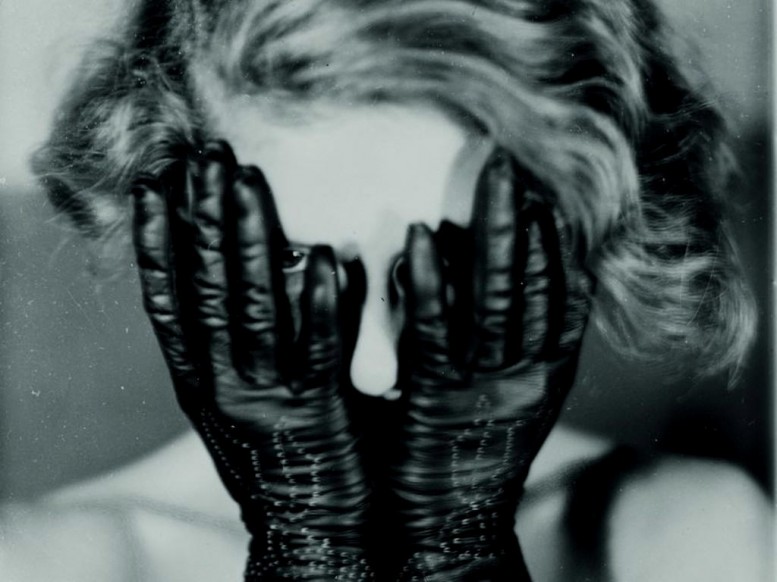 Germaine Krull by Eli Lotar
Germaine Krull by Eli Lotar
Images of flappers, garçonnes, Modern Girls, neue Frauen, and trampky—all embodiments of the dashing New Woman—symbolized an expanded public role for women from the suffragist era through the dawn of 1960s feminism. Chronicling nearly a century of global challenges to gender norms, The New Woman International: Representations in Photography and Film from the 1870s through the 1960s (University of Michigan Press) is the first book to examine modern femininity's ongoing relationship with the nineteenth and twentieth centuries' most influential new media: photography and film. You can find the book here.
Ilona
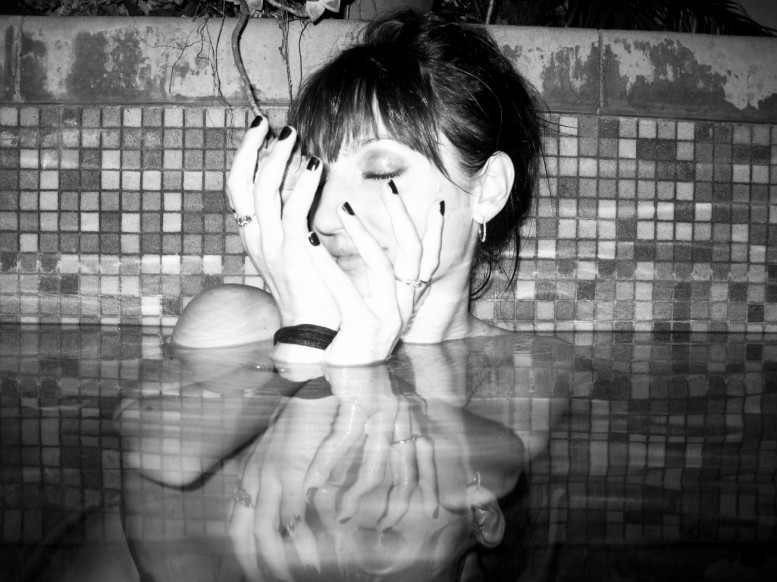 Ilona in the pool, photography by Oliver Maxwell Kupper for Autre Quarterly....
Ilona in the pool, photography by Oliver Maxwell Kupper for Autre Quarterly....
In the Light of Mexico

Pancho Villa and Emiliano Zapata were stealing back Mexico for the people. Freedom was being won with blood. Mexico was in the throes of a revolution. The great first quarter of the twentieth century Mexico was fertile ground for not only revolutionaries, but also artists. Mexico was indeed succeeding to a modern world. Mexico, always the symbol and champion of the underdog, the poor, the hungry has always held on strong to its icons. They were roughhewn in their prismatic, threadbare ponchos, sombreros, and dark mestizo skin that glowed amber under a romantic, warm desert sun in a landscape of infinite flowers, cobble stone, and chirping monkeys. And like inventing memories from photographs, our images of Mexico have been always invented by this imagery. It's the murals of Diego Rivera, the gardens and portraits of Frida Kahlo and the poems of Octavio Paz that paint of landscape of a bygone Mexico - poorly preserved by kitsch, refrigerator magnates, and theme restaurants. We always wonder what happened to the good old days when they're seemingly gone forever. Certainly one of the most influential icons of Mexico's good old days is the photographer Manuel Álvarez Bravo.

Manuel Álvarez Bravo, whose work is being exhibited alongside the poetry of another symbol of Mexico's heritage Octavio Paz, at the Mexican Embassy in India, captured the spirit of a Mexico experiencing the pangs of a revolution and the dialectic of an artistic movement mirroring back its angst. Screaming in a fulmination of dust, Bravo's photographs are as journalistic as they are erotic. Bravo was born in 1902 to a family of artists and writers, and met several other prominent artists who encouraged his work when he was young, including Diego Rivera. Bravo, who was inspired by the burgeoning surrealist movement in France, starting taking pictures at 18 whilst working a government job. Bravo would become a profoundly influential figure in contemporary Mexican and Latin American photography, but he would not become largely known in the rest of the world. Bravo died in 2002 at the age of 100, but his photographs are a significant part of Mexico’s history.
An exhibition, entitled In the Light of Mexico, curated by Conrado Tostado Gutierrez, the cultural attaché of the Embassy of Mexico in Delhi, comprises a substantial body of images that evokes the era of the Mexican Revolution of early 1907 to 1911, the newly independent Mexico and its people. Bravo’s daughter Aurelia Alvarez Bravo and his widow Collette Urbajtel have painstakingly developed the original negatives from the photographer’s work to make this exhibition possible. Bravo's photographs are coupled with the poems of poet and former Mexican Ambassador to India, Octavio Paz.
On view until June 30th in New Delhi, India. More info.
Text by Oliver Maxwell Kupper for Pas Un Autre
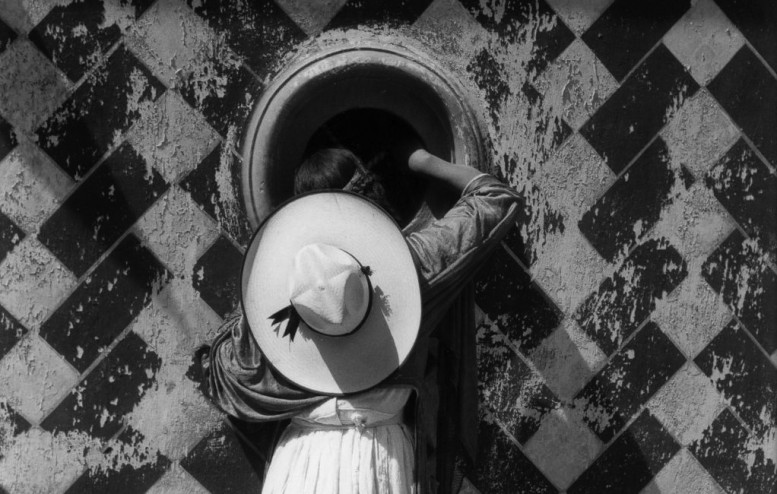
Bon Voyage!
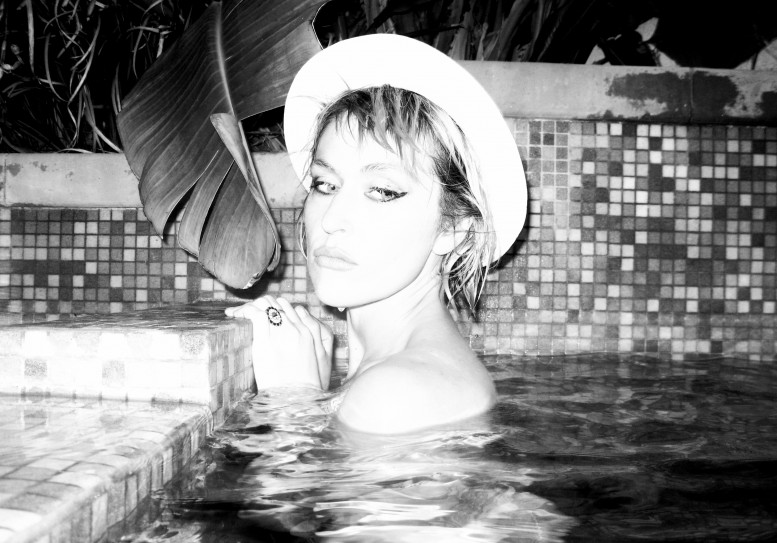
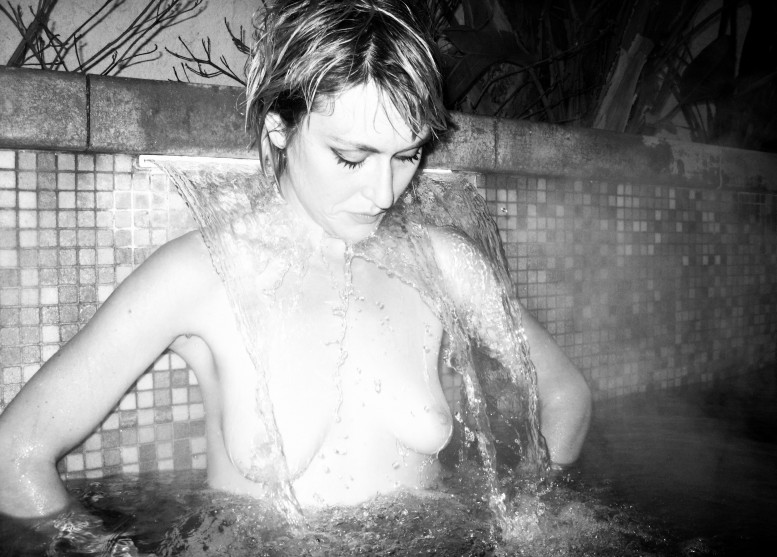
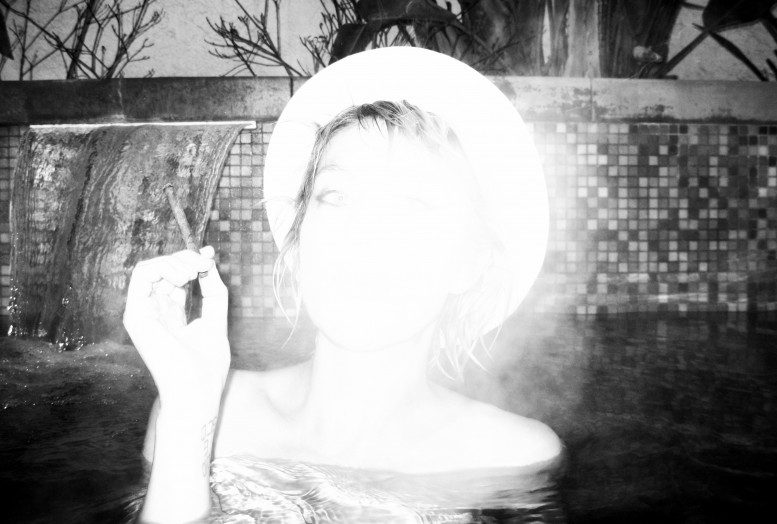
Photography by Oliver Maxwell Kupper
Shot on Location in the Pacific Palisades, CA



